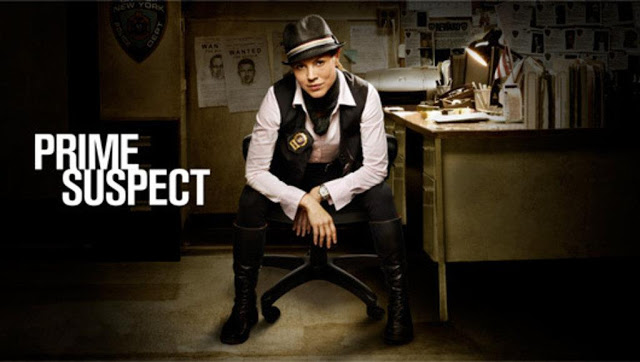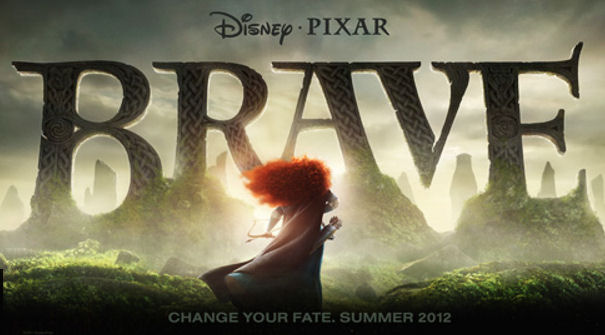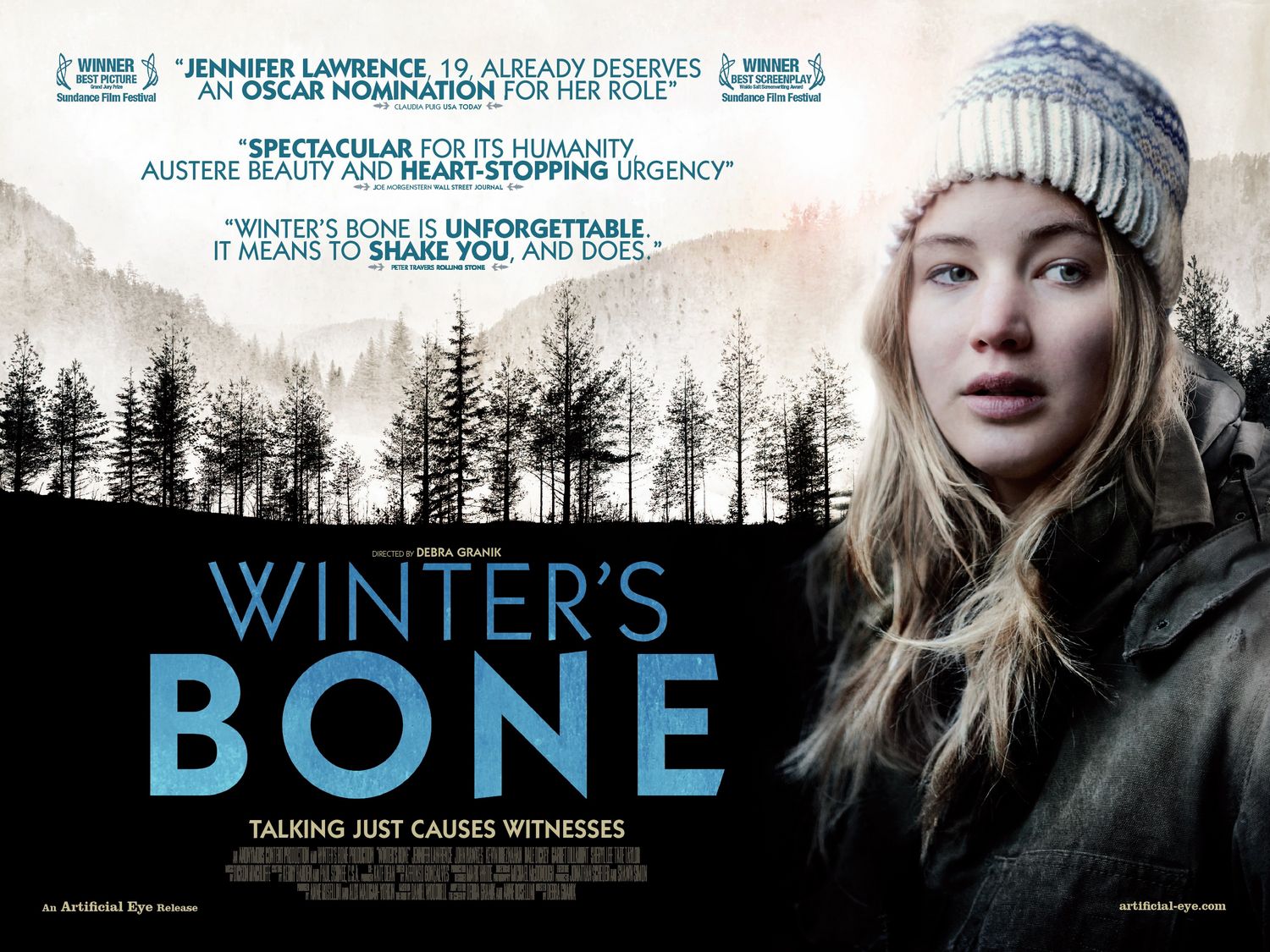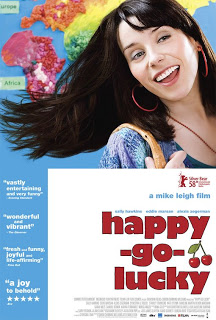 |
| Maria Bello as Detective Jane Timoney on NBC’s “Prime Suspect” |
 |
| Detective Jane Timoney (Maria Bello) “Prime Suspect” |
In the premiere, the sexism Timoney faces jars and appalls. As a woman, she’s entered a perceived male domain. Her male colleagues insinuate and (some outright say) that she doesn’t deserve to be in homicide as she only got transferred to the department after sleeping with a chief. She faces the wrath of her co-worker, Detective Duffy, who accuses her of leading a homicide case only because another detective died of a heart attack. To their chauvinistic paradigm, she’s transcended boundaries and they’re going to make sure she knows it. When Timoney finds another angle to the case and gets information out of a witness that the previous detectives hadn’t. Calling her a bitch (by implying she’s a witch), Detective Carter snarkily asks her:
Carter: You ever worry that someone’s gonna drop a house on you?Timoney: Car’s not going to drive itself, is it?Carter: I guess you don’t.
“Obviously, it’s 2011. There’s no institutionalized sexism. There’s human resources. Women have recourse at work when things happen. “Prime Suspect” [will] try to make it more realistic, because sexism isn’t gone. It’s kind of more subtle and insidious in a modern world, and that’s what we’re going to try to do.”
What? No institutionalized sexism?? I’m not sure what world Cunningham lives in but sexism, both blatant and subtle, still very much exists.
As the show progresses, we see Detective Timoney collaborate with her colleagues. We see the hilarious friendship and banter between Detectives Blando and Calderon. We also see Timoney clash with her co-workers, boss, her loving boyfriend, her protective father and her vegan sister (yay a vegan!). Detective Timoney might be a hard-ass. But she’s also funny as hell. Here are some of Jane Timoney’s quips throughout the season:
Timoney: I love to know where the crime scene isn’t.Timoney: Ever seen a duck? Yeah, they don’t chew either. You just ate that hot dog like a duck.Hypnotherapist: You don’t seem to be in the right head space to quit smoking right now.Timoney: I don’t just want to smoke right now. I want to shove a pack of cigarettes in my mouth and light it with a blowtorch.Timoney: You look tired means you look old. You look short. How’s that feel?Duffy: Do you know what your problem is?Timoney: Oh, why limit it to just one?
 |
| Detective Jane Timoney (Maria Bello) in “Prime Suspect” |
In addition to sexism, the show also broached racism. In one of the episodes, 10 of Detective Timoney’s colleagues get pulled from a case of a murdered Latina to work on the murder of a pretty white female who’s an NYU student. Timoney tells the Chief:
“You’re making their point for them. You couldn’t have done it better…When it’s a missing brown girl, from a nobody family, it’s an afterthought.”
While I wish the show had delved deeper, I was thrilled this line appeared at all. Rarely does a TV show with a white protagonist tackle the intersection of racism and sexism.
Prime Suspect also makes interesting gender commentaries when Detective Timoney interacts with other women. There’s another female detective, Detective Carolina Rivera, who all the men flirt with. She’s coquettish and friendly in return. It’s a stark contrast to Detective Timoney’s no-nonsense, straight-forward style. She doesn’t care if the men like her. She’s there to do her job. Timoney also differs from her boyfriend’s ex-wife, Trish, who she often has to communicate with since her boyfriend and Trish share a young son. Trish often makes snide remarks about her carrying a gun or her line of work, especially when it co. Timoney isn’t a girlie girl. And she’s no pushover. In a great scene, after Trish asks Timoney what happened to her face (which is cut and bruised from fighting with an arrested suspect):
“Listen to me: I work terrible hours, often have to leave things early, I arrive to things late. I get phone calls in the middle of the night and all day long. I’ve never been shot, but I’ve been stabbed. I’ve had lye thrown in my face once, and I’m a homicide detective, Trish. Not a policeman or a policewoman. I’m also not a divorce lawyer, but I know about going to court.”
In “Underwater,” my fave episode so far, Timoney and Duffy go on a road trip to protect a little girl. Timoney grows fond of her, telling her she doesn’t like many people but that she likes her. While she’s close with her father and boyfriend, she has seemingly chosen not to have children of her own. In an episode where a man has beaten his wife and murdered her, he asks Detective Timoney why she doesn’t have children. She replies:
“I don’t know. Lucky.”
It’s rare for a female protagonist not to want children. Films, TV series and ads perpetually tell us all women want to have babies. If they don’t, they must be damaged, deluding themselves or they just haven’t found the right man yet. Because you know silly ladies, our lives revolve around men.
 |
| Detective Jane Timoney (Maria Bello) in “Prime Suspect” |
In “The Sad Death of Prime Suspect,” Melissa Silverstein laments Prime Suspect’s cancellation. She also talks about the difficulties of centering a show around a female protagonist:
“One thing this show made me notice is how it is easy to write a TV show starring a man and have female and male supporting characters surround that lead, but that it is way harder to write a show about a female lead and to create a realistic ensemble around her.“One of the issues with this show is that there were no other female credible characters on the show. It’s too much baggage for the female lead. She has to respond to the pretty cop who comes in and flirts, she has to deal with the crazy demands of her boyfriend’s ex, she has a crazy sister (where did that come from?). None of those women was a peer or someone she could have a decent conversation with to get her away from all the testosterone.”












